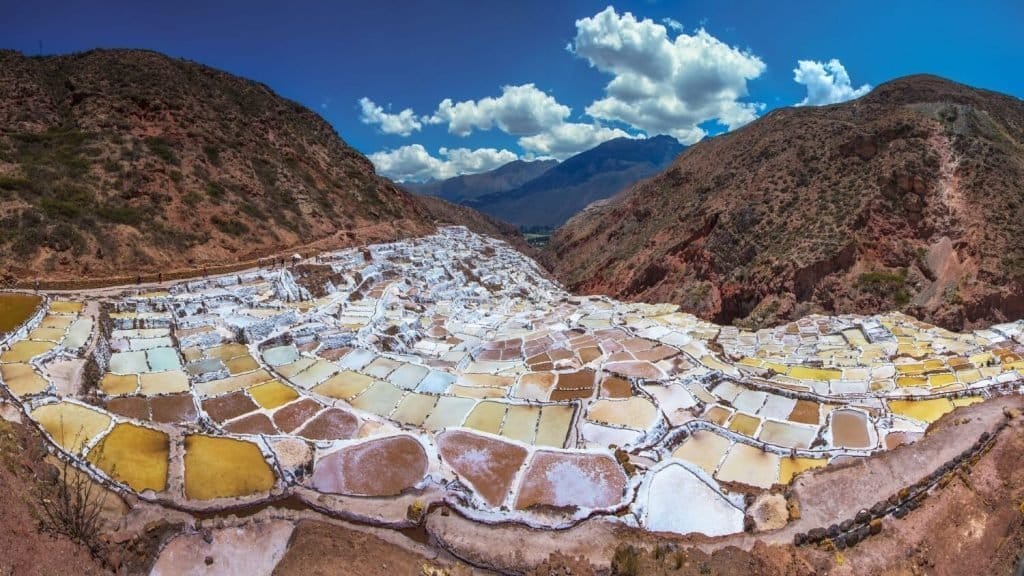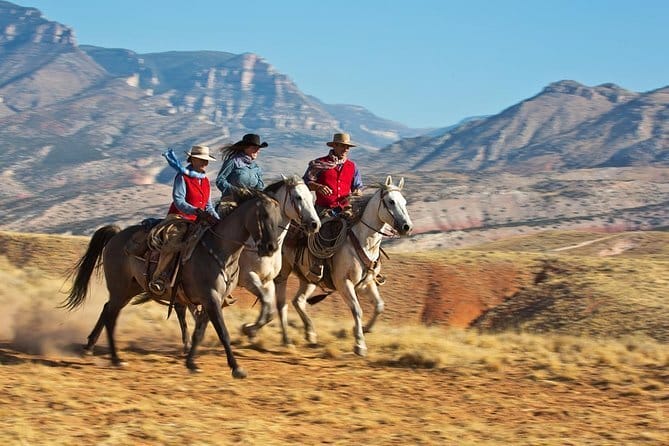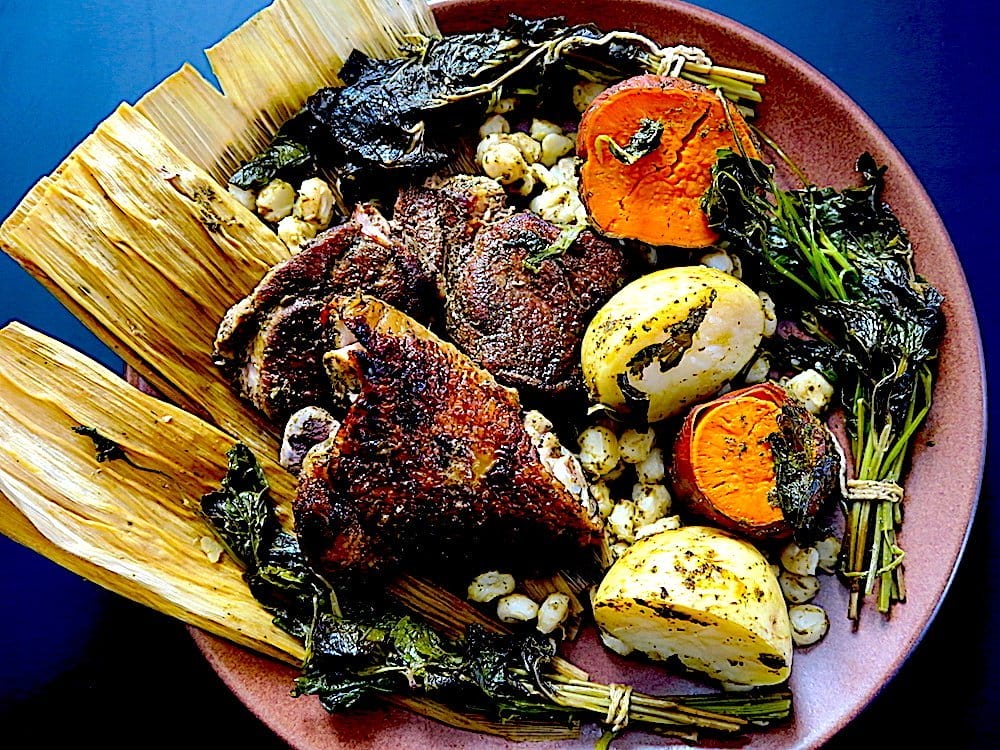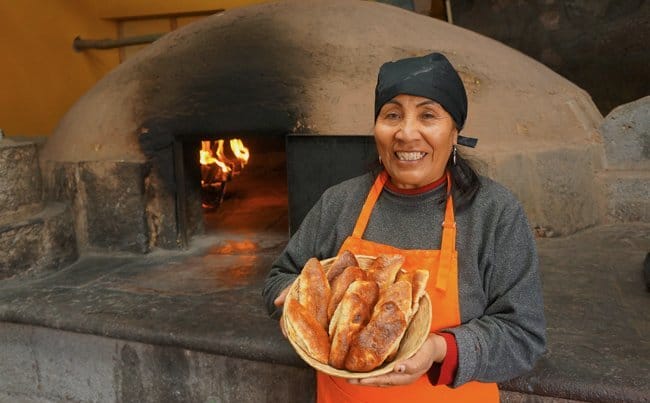Your Next Trip TRAVEL GUIDE
Peru
In Peru: Beyond the Postcard, discover a journey that blends breathtaking landscapes with authentic cultural connections. From the iconic Machu Picchu to the vibrant Quechua villages of the Sacred Valley, we explore how community-based tourism projects, like those on the Lares Trek, empower locals while offering travelers a meaningful and unforgettable adventure.
Now, check out our recommendations featured in this episode and more!
Exploring Peru’s Sacred Valley
The Sacred Valley of Peru is a region rich in history, culture, and natural beauty. From ancient Incan ruins to vibrant local markets, there’s something for every traveler.
So many experiences in Peru are word of mouth. So we highly recommend you hire a guide or a local tour company.
Here’s a curated guide to help you make the most of your visit.






What to do
Explore Pisac Market
Immerse yourself in the vibrant colors and rich traditions at Pisac Market, where artisans showcase handcrafted textiles, jewelry, and ceramics. It’s an ideal spot to purchase unique souvenirs and experience local culture.
Address: Plaza Constitución, Pisac, Peru
Hours: Sunday, Tuesday, and Thursday; 9:00 AM – 5:00 PM
Cost: Free entry
Visit Maras Salt Mines
Discover the ancient salt pans of Maras, a stunning landscape of terraced pools that have been used for salt extraction since Incan times. The sight of thousands of shimmering salt pools against the Andean backdrop is truly mesmerizing.
Address: Maras, Peru
Hours: Daily; 8:00 AM – 5:00 PM
Cost: Approximately 10 soles
Hike to Ollantaytambo Ruins
Explore the well-preserved Incan ruins of Ollantaytambo, featuring impressive terraces and a ceremonial center. The site offers panoramic views of the valley and insights into Incan engineering and architecture.
Address: Ollantaytambo, Peru
Hours: Daily; 7:00 AM – 6:00 PM
Cost: Included in the Boleto Turístico (Tourist Ticket)
Horseback Riding in the Sacred Valley
Experience the Sacred Valley’s breathtaking landscapes on horseback, visiting lesser-known archaeological sites and traditional villages. It’s a unique way to connect with the region’s natural beauty and cultural heritage.
Address: Hacienda del Chalán, near Urubamba, Peru
Hours: By appointment
Cost: Varies; contact provider for details
Visit Machu Picchu
No trip to Peru is complete without visiting this iconic archaeological wonder. Built in the 15th century, Machu Picchu showcases the ingenuity of the Inca Empire with its intricate stonework and dramatic mountain backdrop. Plan to arrive early to avoid crowds and take time to truly soak in the beauty and history of this sacred site.
Address: Machu Picchu, Cusco Region, Peru
Hours: Daily; 6:00 AM – 5:30 PM
Cost: Entrance fees start at $50 USD; additional costs for guides or Huayna Picchu hike.
Website: Machu Picchu Tours
Explore Women’s Weaving Co-op in Ccaccaccollo
Gain a deeper understanding of Quechua culture by visiting the Ccaccaccollo community. Supported by Planeterra and G Adventures, this project highlights sustainable tourism by involving travelers in activities like weaving demonstrations, cooking traditional foods, and learning about Indigenous farming practices. These experiences directly benefit the local economy while preserving cultural traditions.
Address: Ccaccaccollo, Sacred Valley, Peru
Hours: Varies; typically arranged through tours.
Cost: Included in many group tours; independent visits may vary.
Website: Planeterra.org
Where to stay
Tambo del Inka, a Luxury Collection Resort & Spa
Nestled in the heart of the Sacred Valley, Tambo del Inka offers luxurious accommodations with stunning mountain views, a full-service spa, and a private train station to Machu Picchu.
Address: Av. Ferrocarril S/N, Urubamba 08661, Peru
Website: Tambo del Inka
Aranwa Sacred Valley Hotel & Wellness
Set in a restored 17th-century hacienda, this hotel combines historical charm with modern amenities, including a wellness center and lush gardens.
Address: Antigua Hacienda Yaravilca, Huayllabamba, Urubamba 08660, Peru
Website: Aranwa Sacred Valley
Sol y Luna Lodge & Spa
Offering individual casitas adorned with local art, Sol y Luna provides an authentic stay with modern comforts, including a spa and gourmet dining.
Address: Fundo Huincho Lote A5, Urubamba 069, Peru
Website: Sol y Luna
And there’s tons of other fabulous places to stay during your trip.
Check out the best accommodation deals below.






What to eat
No trip to the Sacred Valley is complete without indulging in its rich culinary traditions. The region’s cuisine reflects its deep connection to the land and its ancient Incan heritage. From hearty, home-cooked meals to iconic dishes prepared with local ingredients, every bite offers a taste of Peru’s vibrant culture and history.
Pachamanca
A traditional Andean dish where meats, potatoes, and vegetables are marinated in spices and cooked underground with heated stones, offering a unique and flavorful experience.
Where to Try: Many local restaurants and community tours in the Sacred Valley offer Pachamanca as part of their menu.
Empanadas in Pisac
Freshly baked empanadas filled with cheese, meat, or vegetables, often prepared in traditional clay ovens, providing a delicious snack during your market visit.
Where to Try: Local bakeries around Pisac Market.
Cuy (Guinea Pig)
A delicacy in Peruvian cuisine, cuy is typically roasted or fried, offering a unique taste experience for adventurous eaters.
Where to Try: Restaurants in Chinchero and other traditional villages.
Travel Tips
Best Time to Visit
The best time to visit the Sacred Valley is during the dry season, from May to September. These months offer clear skies, making it ideal for outdoor activities like hiking and exploring archaeological sites.
While the rainy season (October to April) brings lush greenery, it can also make trails slippery and less accessible, especially for treks like Lares or the Inca Trail.Getting Around
Public Transportation: Minibuses, or combis, are an affordable way to travel between towns in the Sacred Valley. They're often crowded but reliable for short distances.
Taxis and Ride-Sharing: Taxis are common in larger towns like Cusco and Ollantaytambo. Always agree on a fare before starting the ride, as most taxis don’t use meters. Apps like InDriver can be useful in Cusco.
Train to Machu Picchu: PeruRail and Inca Rail offer scenic train rides to Aguas Calientes (Machu Picchu Pueblo). Book tickets in advance, especially during peak travel seasons.
Car Rentals: Renting a car is an option for more flexibility, but narrow, winding roads and local driving customs can be challenging for those unfamiliar with the region.
Safety Tips
Altitude Awareness: The Sacred Valley is at a high altitude, so give yourself time to acclimate in Cusco or other lower-altitude areas before trekking. Stay hydrated and consider remedies like coca tea for altitude sickness.
Petty Theft: Like in any tourist destination, keep your belongings secure and be cautious in crowded markets or transit areas. A money belt or anti-theft backpack can be helpful.
Travel Insurance: Make sure you have travel insurance that covers adventure activities like hiking.
Health Precautions: While the Sacred Valley is generally safe, it's wise to avoid drinking tap water. Stick to bottled water or bring a reusable bottle with a filter.Helpful Notes
Currency: Peru uses the Peruvian Sol (PEN). Credit cards are widely accepted in tourist areas, but small bills are recommended for markets and smaller shops.
Language: Spanish is the official language, but many Indigenous communities also speak Quechua. Learning a few phrases in both can enhance your interactions.
Entry Tickets: Many archaeological sites in the Sacred Valley require the Boleto Turístico del Cusco (Tourist Ticket), which covers multiple attractions. Purchase it in advance or at major sites.
Packing Tips: Bring layers, as temperatures can vary greatly from day to night. Comfortable walking shoes and rain gear are essential, even in the dry season.
Plug Type: Type C or Type A (common in Peru)
Voltage: 220V
Frequency: 60Hz

Packing list
Here’s our suggested items to pack for this destination. Please always consider the weather and activities you will be doing.
Clothing:
- Lightweight, moisture-wicking shirts (long and short-sleeve)
- Comfortable hiking pants or leggings
- Insulating layers like a fleece or light sweater (for chilly mornings and evenings)
- Waterproof jacket or rain poncho (even in the dry season, weather can change quickly)
- Warm hat, gloves, and scarf (especially for high-altitude treks like the Lares Trek)
- Wide-brimmed hat or cap for sun protection
- Sturdy, comfortable hiking boots (well broken-in)
- Casual clothes for relaxing or dining in town
Gear:
- Daypack (for carrying essentials during treks or day tours)
- Reusable water bottle with a filter (stay hydrated and eco-friendly)
- Trekking poles (helpful for steep trails and high altitudes)
- Compact sleeping bag or liner (if camping during your trek)
- Small first-aid kit (include altitude sickness remedies like Diamox or coca leaves)
- Sunglasses with UV protection
Personal Essentials:
- Sunscreen (high SPF for the strong Andean sun)
- Lip balm with SPF
- Bug spray with DEET (especially for Machu Picchu and lower-altitude areas)
- Toiletries and biodegradable soap/shampoo (environmentally friendly options preferred)
- Wet wipes or hand sanitizer (for village stops or camping)
- Packable towel
Electronics:
- Phone and portable charger/power bank
- Universal travel adapter (Type C or A for Peru)
- Camera or GoPro for capturing stunning landscapes
- Flashlight or headlamp (useful for campsites or early morning starts)
Documents and Money:
- Passport (and a photocopy for backup)
- Travel insurance details
- Peruvian Sol in small denominations (for markets and tips)
- Boleto Turístico del Cusco (Tourist Ticket, if pre-purchased)
Optional but Useful:
- Notebook or travel journal (to record your experiences)
- Snacks like energy bars or nuts (for long hikes)
- Lightweight sandals or flip-flops (for relaxing at camp or in hotels)
- Small gifts or tokens for local communities (optional but appreciated)
Weather-Specific Notes:
- Dry Season (May–September): Focus on layering to adjust for warm days and cold nights.
- Rainy Season (October–April): Pack extra waterproof gear and quick-drying clothing.
Get a full packing list and free downloadable template at Pack Better.
Ultimate Packing List Library
Find the perfect customizable packing list for all of your travel situations on our sister website Pack Better.
This episode of "Your Next Trip" explored the ancestral lands of groups located in Peru. Peru is home to a rich tapestry of Indigenous cultures, comprising approximately 55 distinct groups that speak 47 different languages. These communities are primarily categorized into Andean and Amazonian populations.
We extend our respect and gratitude to the Indigenous communities who have been the stewards of these lands for generations. Research for this acknowledgment was made possible using the NativeLand.ca.
Learn more about responsible travel practices in the TWD Responsible Travel Guide.
Visit the guideTrip provided by: G Adventures
Special Thanks: Our local guides Edwar and Juber





